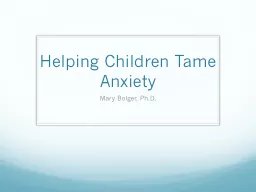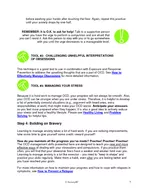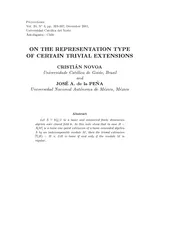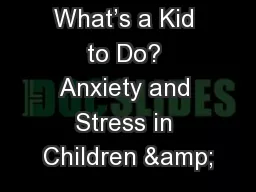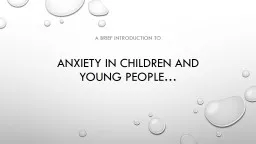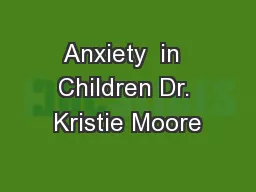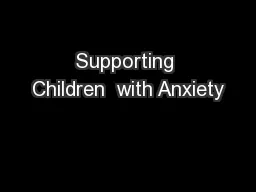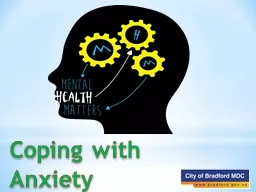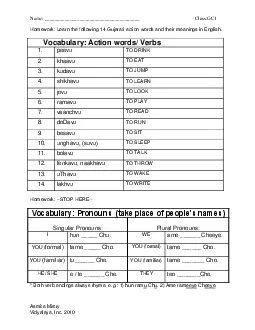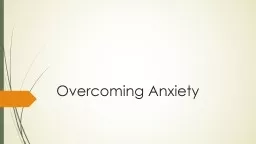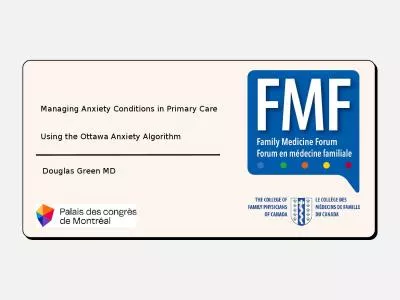PPT-Helping Children Tame Anxiety
Author : tatyana-admore | Published Date : 2016-03-04
Mary Bolger PhD Anxiety is An important signal Caution Be Alert A source of motivation to take on challenges Neurobehavioral Physical makeup of our brain Maintained
Presentation Embed Code
Download Presentation
Download Presentation The PPT/PDF document "Helping Children Tame Anxiety" is the property of its rightful owner. Permission is granted to download and print the materials on this website for personal, non-commercial use only, and to display it on your personal computer provided you do not modify the materials and that you retain all copyright notices contained in the materials. By downloading content from our website, you accept the terms of this agreement.
Helping Children Tame Anxiety: Transcript
Download Rules Of Document
"Helping Children Tame Anxiety"The content belongs to its owner. You may download and print it for personal use, without modification, and keep all copyright notices. By downloading, you agree to these terms.
Related Documents

